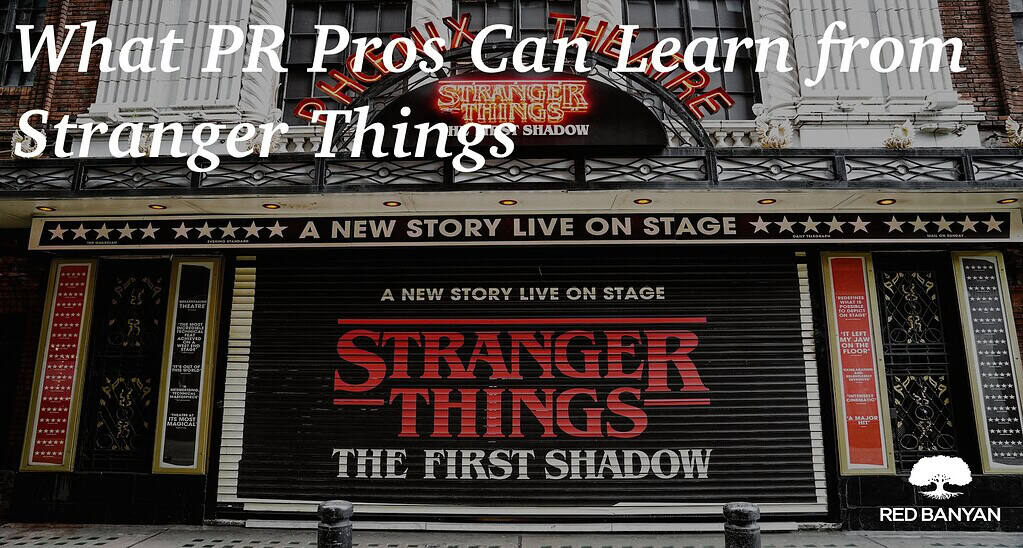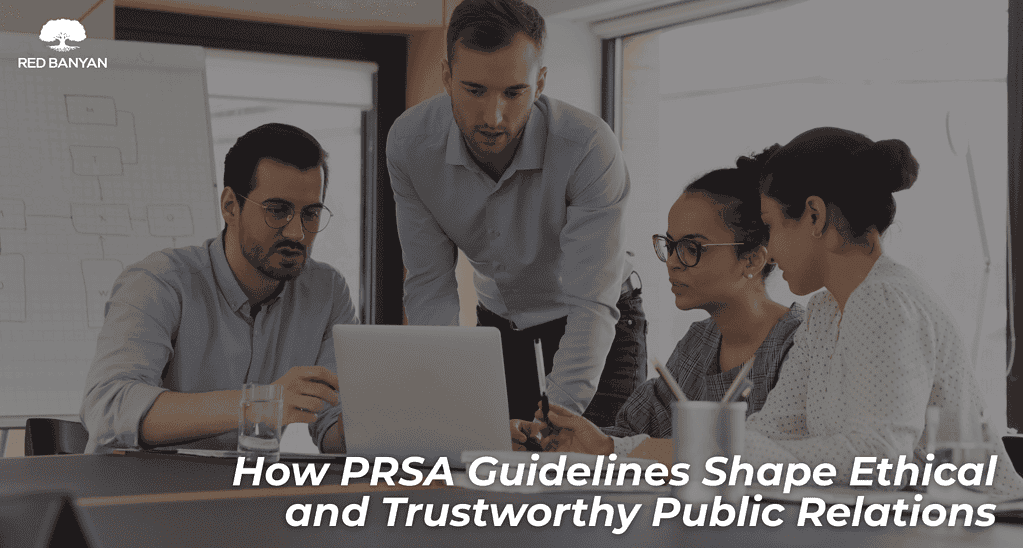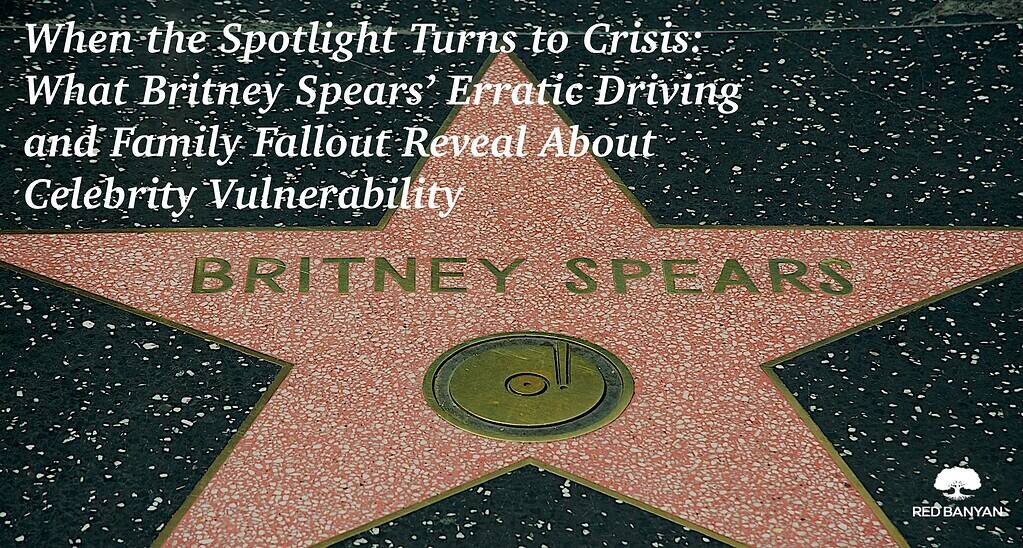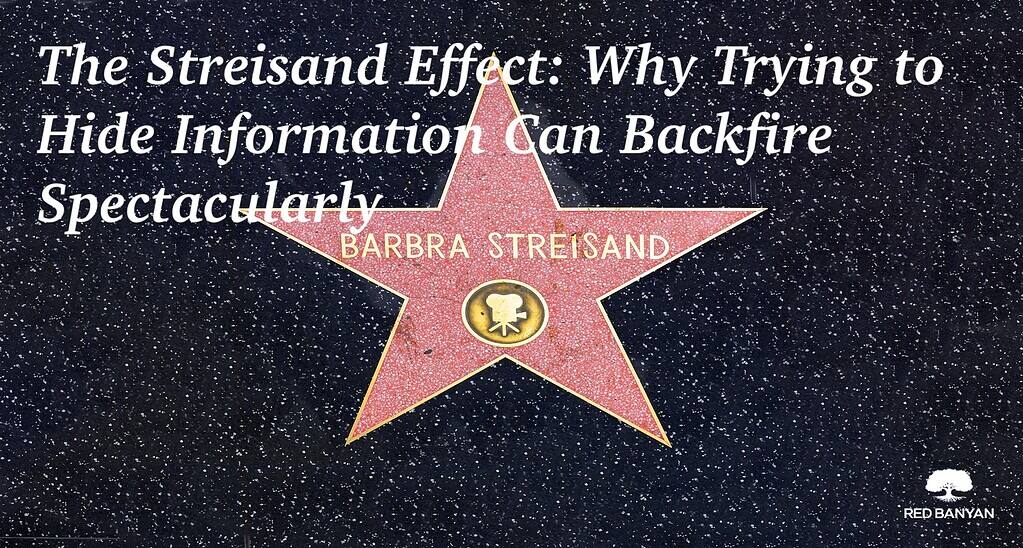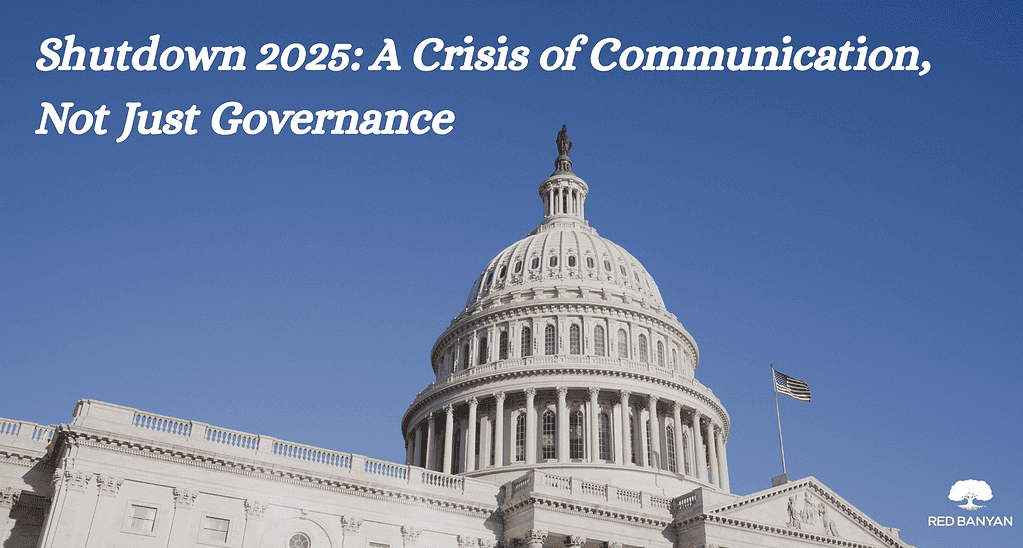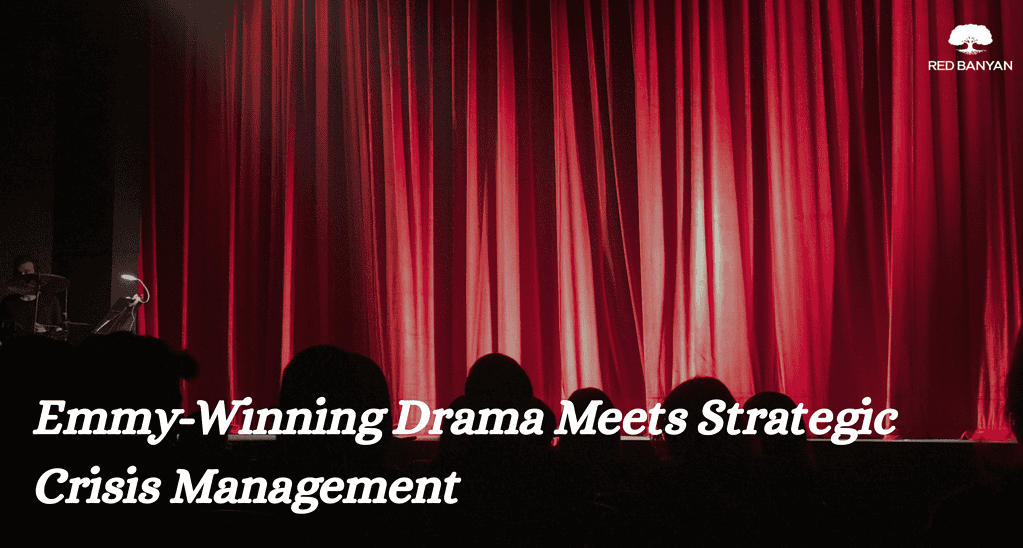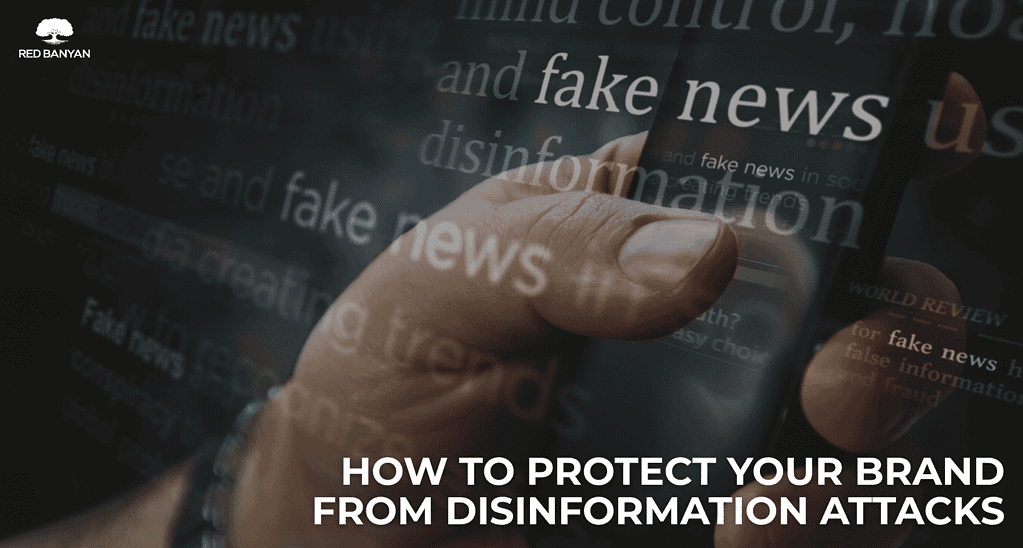There is no such thing as a quiet courtroom anymore. Cameras may not always be allowed inside, but everything outside—the headlines, the soundbites, the tweets—can be just as influential as what happens live before a judge. Welcome to the new frontier of legal PR, where media relations isn’t just an accessory to litigation. It’s a strategy that can tip the balance.
Take the Elon Musk “funding secured” saga. The SEC wasn’t the only challenge Musk faced. The press turned every twist of the case into a headline. It was a classic example of how high-profile case media management is no longer optional. When public perception begins to shape investor confidence, jury pools, and reputations, having a clear legal media strategy becomes as important as the courtroom defense.
Why Media Coverage Matters in Legal Cases
Attorneys know how to argue the facts, cite the law, and cross-examine a witness. But in high-visibility trials, it is the court of public opinion that often gets the first look. If a law firm doesn’t shape that narrative, then someone else will. This is often a journalist working on a tight deadline, or an opposing party with a proactive PR team.
Media coverage doesn’t wait for a verdict. It forms its own narrative in real-time. For attorneys and clients navigating high-stakes litigation or trials, staying silent while the media discussion swirls can be a strategic error. The headlines shape perceptions, and perceptions bleed into verdicts, settlements, reputations, juror decisions and more.
A smart legal PR media relations strategy can safeguard against misrepresentation, offer context, and keep the story grounded in truth, not spin. Whether it’s pushing back on a misleading article or proactively briefing a trusted journalist, public relations for lawyers is not just about visibility; it’s about control.
Let Lawyers Focus on the Case, Not the Cameras
When the press is involved and emails, phone calls, texts and social media comments are flying, attorneys shouldn’t be toggling between legal briefs and press calls. Legal work and media strategy require two different skill sets. Trying to do them at the same time can compromise the quality of both.
That’s where legal PR firms and legal communications professionals step in. Firms like Red Banyan don’t just send press releases. They work side by side with legal teams to develop messaging that aligns with case strategy. Whether managing media interest during a trial or coordinating background briefings with journalists, the objective remains the same: protect the legal process while also managing public understanding.
One recent case involving a corporate whistleblower showed how legal PR made the difference. While the legal team prepared for trial, the PR team ran strategic media outreach for the attorneys, sharing key facts with national outlets, correcting false rumors, and ensuring the whistleblower’s narrative wasn’t buried. The result? Balanced coverage, a more informed public, and a legal team free to focus on the courtroom.
Strategic PR Isn’t Reactive, It’s Proactive
By the time a damaging headline lands, the damage is often already done. That’s why reputation management in legal cases should begin before the media starts asking questions.
The best legal PR firms work relationships behind the scenes, identifying reporters who may cover the story and building trust with them. This foundation becomes critical when a correction is needed or when sensitive details should stay out of the news.
Strategic legal crisis PR also means preempting problems. A single misquote or misunderstood filing can cascade into a week-long media storm. PR teams monitor coverage, prepare responses in advance, and ensure the legal side is ready with the right messages at the right times.
If the media tone becomes negative, experienced legal PR experts know how to respond thoughtfully. Often, they can steer the conversation in a new direction entirely—without escalating the situation.
Not Everyone Should Talk to Reporters
Being a skilled litigator doesn’t automatically mean someone is ready to handle media interviews. Still, there are times when attorneys or clients need to speak publicly.
That’s where media training comes in. Legal PR professionals coach attorneys and clients on how to respond clearly, stay composed, credible, and on-message without compromising legal strategy. From handling loaded questions to managing tone and body language, training prepares them for high-pressure moments.
In other cases, having a seasoned spokesperson handle communications is the better move. A spokesperson can deliver updates, clarify legal positions, and take the heat, allowing attorneys to concentrate fully on their legal responsibilities.
When the Pressure is On, Be Ready to Speak Up
Every high-profile legal matter brings both legal and reputational risks. And while attorneys control what happens in court, legal communications during high-visibility trials is its own battleground.
Law firm media relations best practices now include everything from monitoring press coverage to guiding clients through hostile interview environments. Legal media strategy has become a critical part of litigation planning, especially in cases where careers, companies, or personal reputations hang in the balance.
The media doesn’t wait for legal arguments to unfold. That’s why media relations shouldn’t be reserved for celebrities or emergencies. Any attorney or firm facing public scrutiny needs a plan in order to take charge of the narrative before it takes charge of them.
If you are ready to build that kind of strategy, our top legal PR firm Red Banyan can help.
Contact Red Banyan today to build a strategy that safeguards your reputation as powerfully as you protect your clients.


